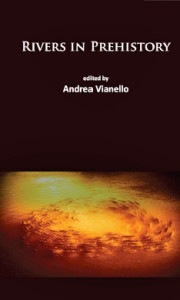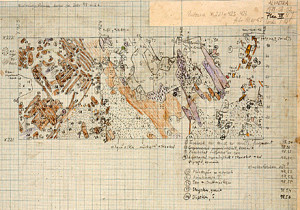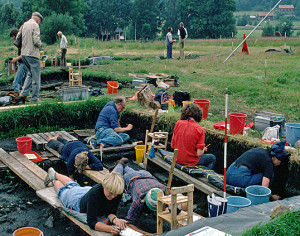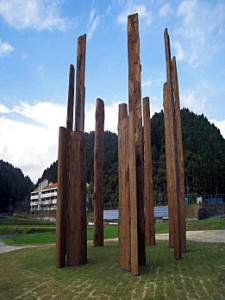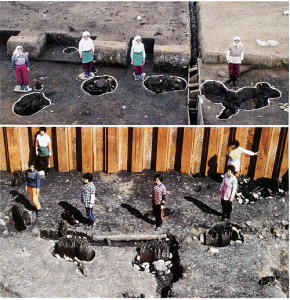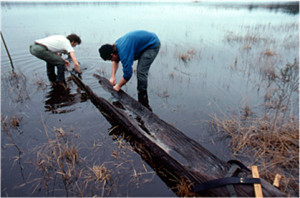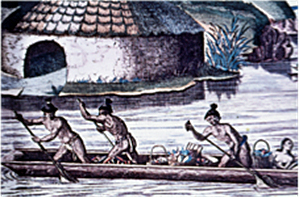By Andrian Olivier
The significance of wetlands for archaeology and cultural heritage has long been understood and reiterated repeatedly since the 1930s. Different strategies for improving understanding of wetland archaeology and managing the cultural heritage component of wetlands have evolved and been implemented (or not) with varying degrees of success over the intervening years. Discovery and excavation of well-preserved material within wetlands (or former wetlands) continue to astound and astonish both archaeologists and the public on a regular basis, and we have no difficulty using this material to tell new and exciting stories. Nevertheless, as a group, we still find it difficult to build the integrated management approaches that we have long espoused. With a few notable exceptions we have yet to achieve a real measure of active two-way public engagement with, and participation in wetland archaeology that delivers genuine public benefit in terms that the public understands, and which can be transformed into active public (and then political) support. Many of the problems and issues related specifically to wetland archaeology are being addressed, but of all challenges that continue to bear down on the natural and historic environments, perhaps the greatest is to understand why people seem to find it so difficult to look after their environment. In local contexts, and in the context of the Florence and Faro Conventions much is being achieved across Europe to build public engagement and participation in cultural heritage, and there is much that wetland archaeologists can learn from this. Perhaps it is now time to move away from all-embracing management strategies and visionary approaches and refocus our attention on how to use our unique source material in practice, not simply for outreach and communication, but to build real two-way public engagement that delivers actual and recognisable public benefit.

To view Andrian Oliver’s Slide Notes and WARP30 PowerPoint click here:Â PowerPoint Slide Notes and Adrian Olivier’s WARP30 PowerPoint

